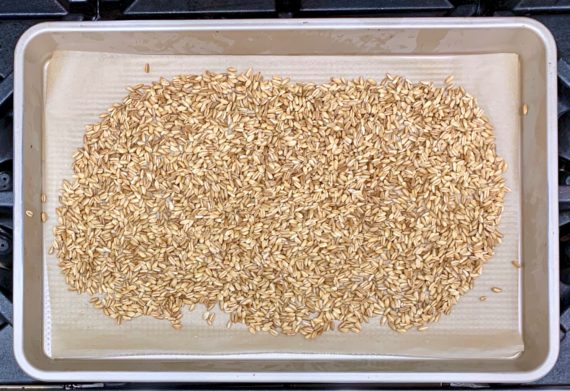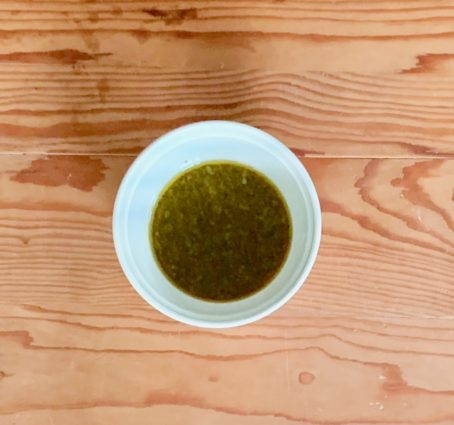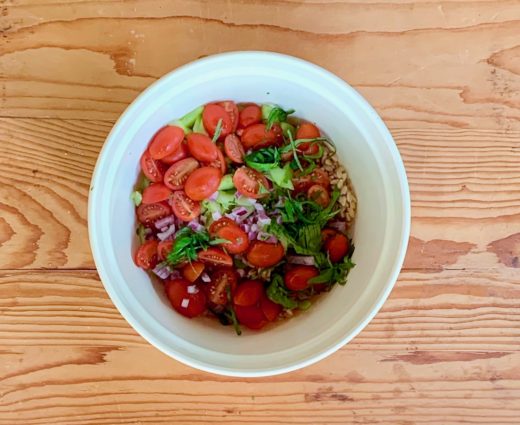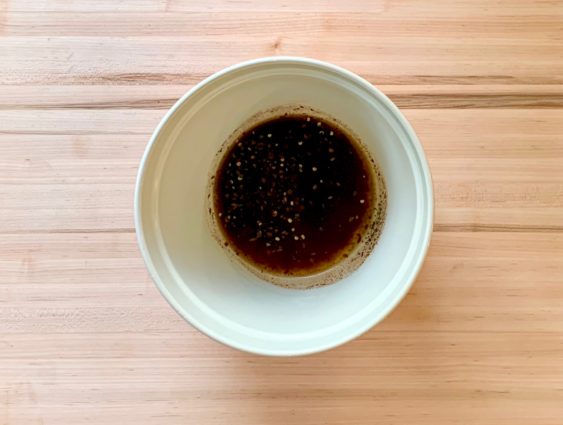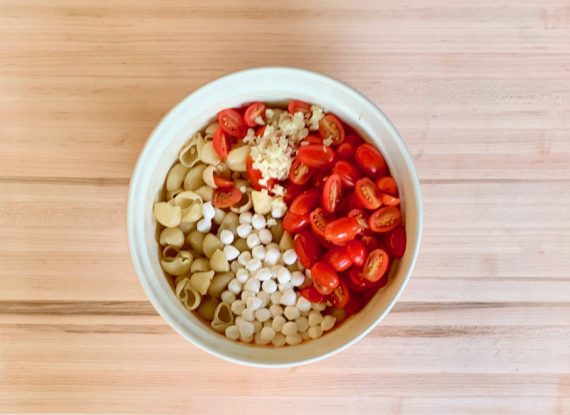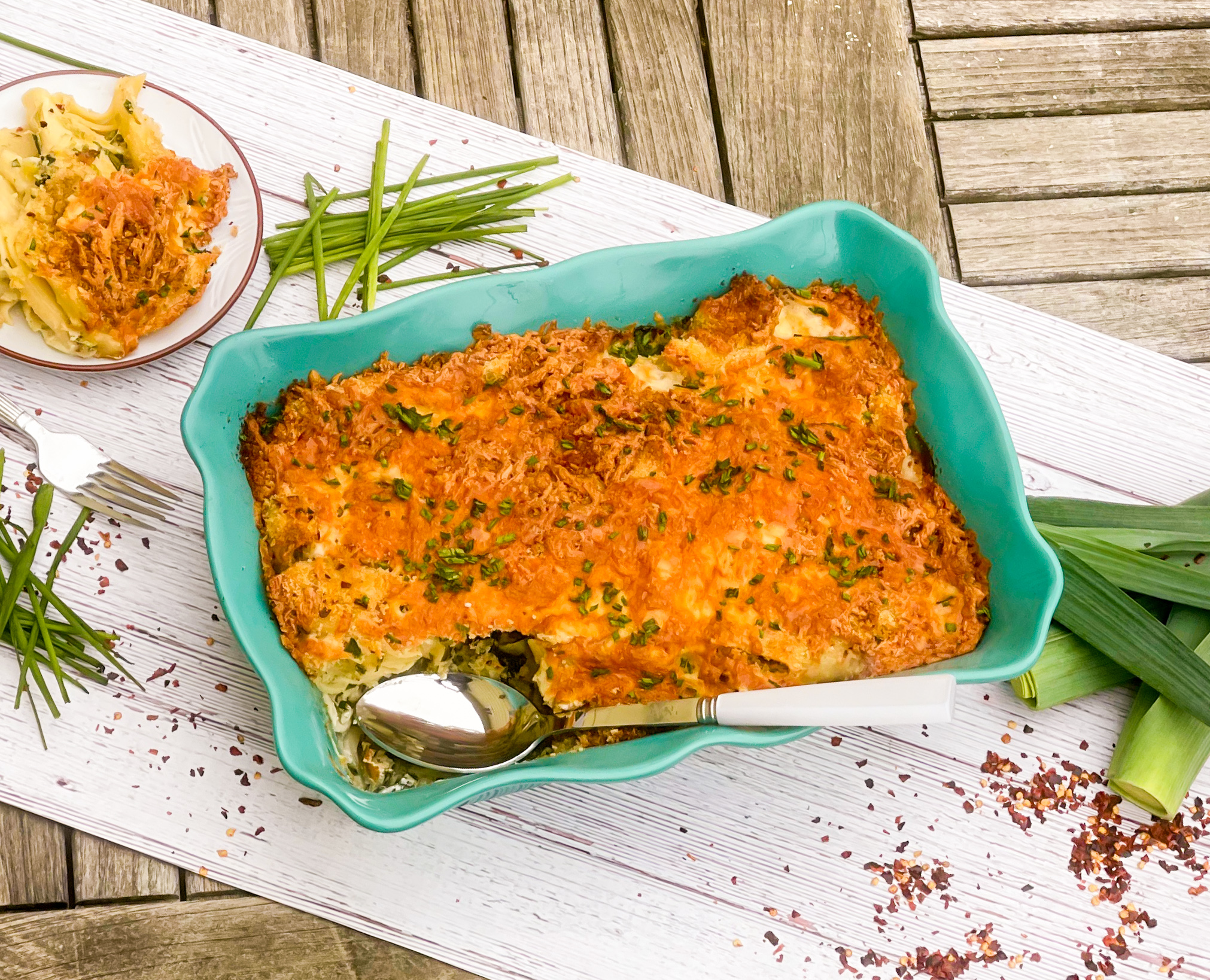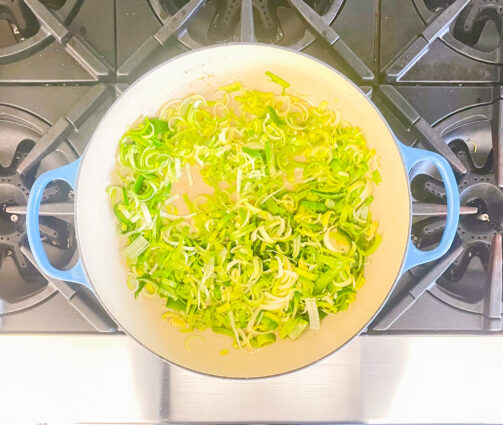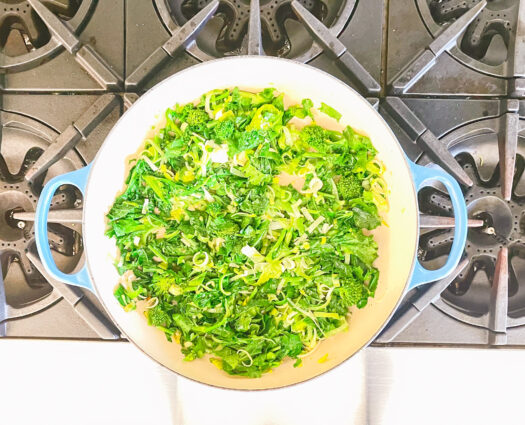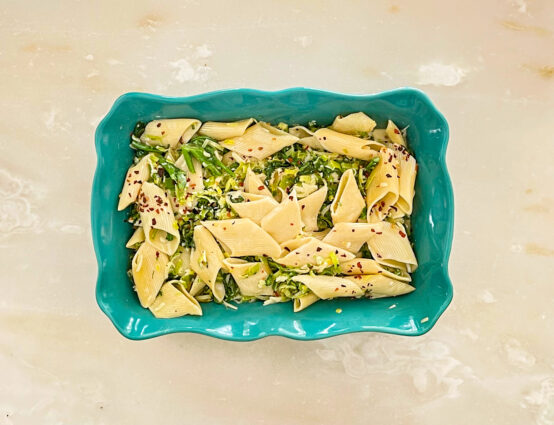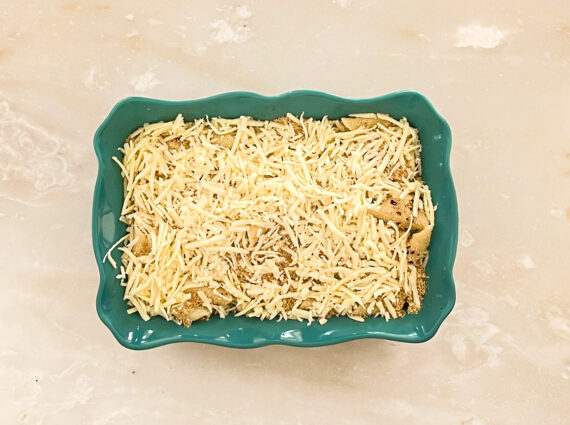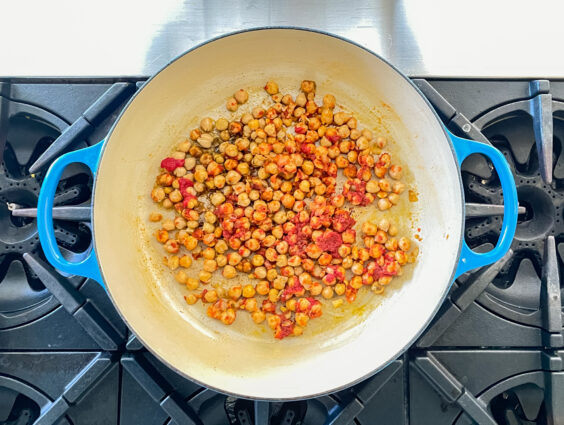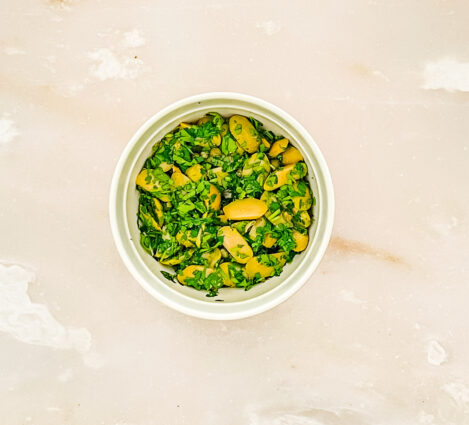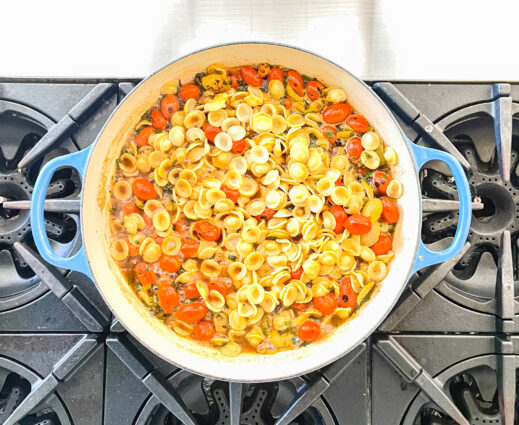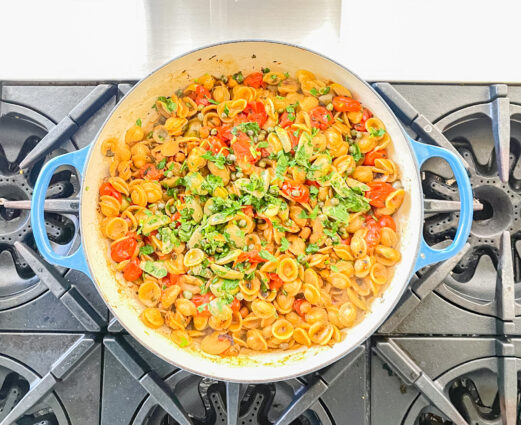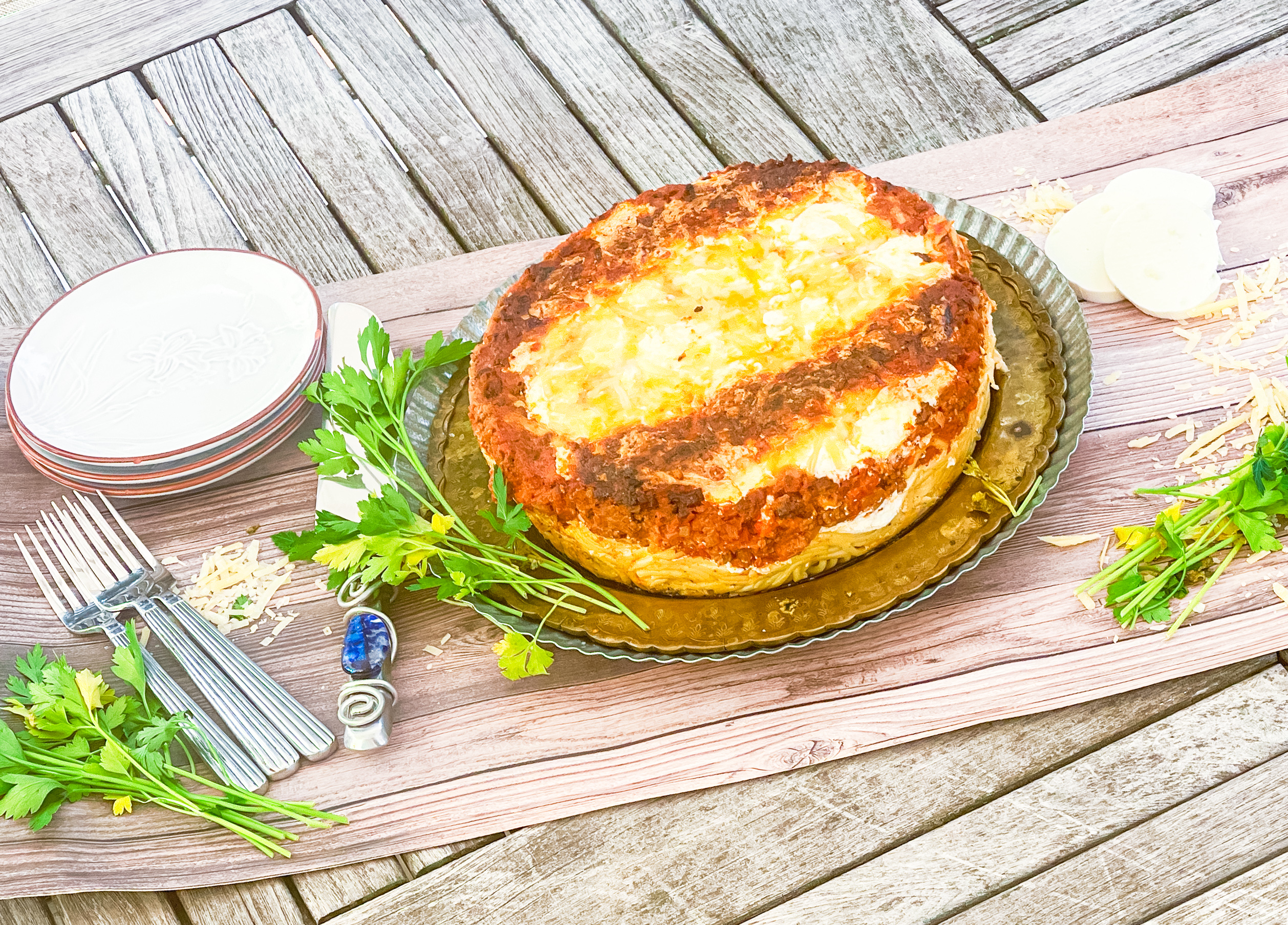
Recently, a friend of mine who had moved to the city came to visit me. As I greeted her by the door, she asked: “What smells so good?” I told her she was smelling all the grass and flowers growing. She was so surprised. Now that she lives in the city, she doesn’t realize that different seasons come with these subtle changes.
When I lived in Florida, I came back north around this time of year for a bridal shower. As I was walking to the celebration, I smelled something wonderful and wondered what it could be. Then it dawned on me; like my friend, I was smelling spring! When you live in Florida, there are no seasonal changes, and at that moment, I realized how much I missed them. Fortunately for me, I got the chance to move back to the northeast and I always look forward to the seasons changing.
Spring and summer are inspiring to me because it is a time of renewal. The trees and flowers are blooming, their colors bursting with the richness of the season. The air is sun-kissed and you can feel the warmth of the sun for the first time in so long. The sky becomes the most beautiful shades of blue. The birds come back, caterpillars become butterflies, and the children are playing little league once again.
I think people are just generally happier in the summertime. Your days ring the promise of leisure and spending quality time with the ones you love. It is the most laid back season, and our worries seem to dissipate with the longer days and warm weather. Meals are lighter and we don’t even mind if we let our kids eat ice cream for dinner! Beach days offer a lovely change of scene, and a chance for families to enjoy time together. Does summer ever have to end?
I definitely understand not wanting to cook– with so many exciting things, why would you want to? So here is a tasty one-pot dish, with easy clean up. The spaghetti bakes up to a beautiful cake-like consistency that is light and airy thanks to the eggs. The meat is complemented by the marinara sauce, garlic, and onions. It is then topped with the mozzarella, ricotta and Parmesan cheese, which makes this dish a perfect meal to serve any day of the week.
This recipe is courtesy of Delish and will make an easy and delicious meal for 6.
Ingredients for Spaghetti Pie:
Cooking spray
8 oz. spaghetti
2 large eggs, beaten
1/2 c. grated Parmesan, divided
1/2 tsp Italian seasoning
2 tbsp. extra-virgin olive oil
1 large onion, chopped
2 garlic cloves, minced
1 lb ground beef
Kosher salt
Freshly ground black pepper
2 c. marinara
1 cup ricotta cheese
1 cup shredded mozzarella
Freshly chopped parsley, for garnish
Preheat oven to 350° and grease an 8” springform pan with cooking spray.
In a large pot of boiling salted water, cook spaghetti for 3 minutes less than package calls for.
Drain.
In a large bowl, toss spaghetti with eggs, ¼ cup Parmesan, and Italian seasoning.
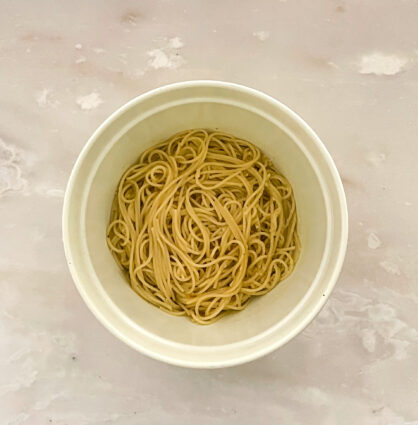
Transfer to prepared springform pan to form “crust”.

In a large skillet over medium heat, heat oil.
Cook onions until soft, 5 minutes, then add garlic and cook until fragrant, 1 minute.
Add ground beef, breaking up the meat with a wooden spoon, and cook until no longer pink, 6 minutes.
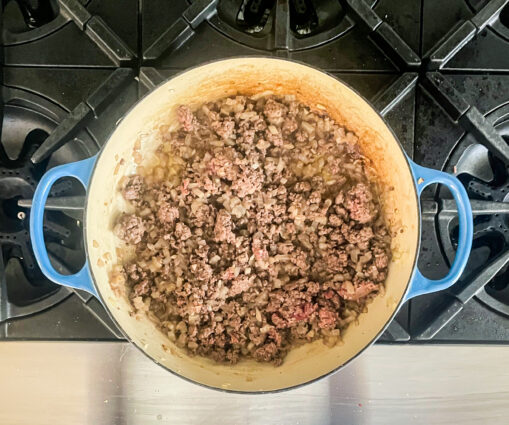
Season with salt and pepper.
Pour in marinara and heat until warmed through, 5 minutes.
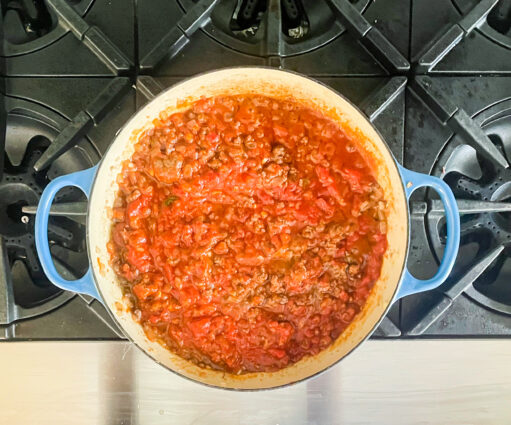
Spread ricotta over spaghetti .
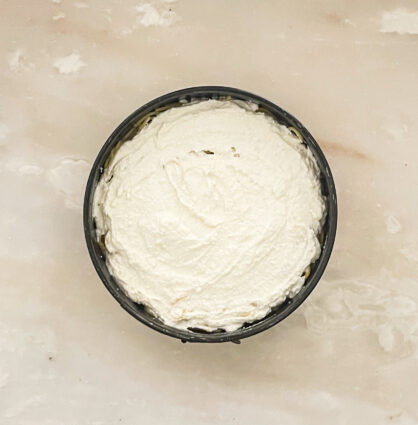
Pour in meat sauce.
Top with mozzarella and remaining ¼ cup Parmesan.
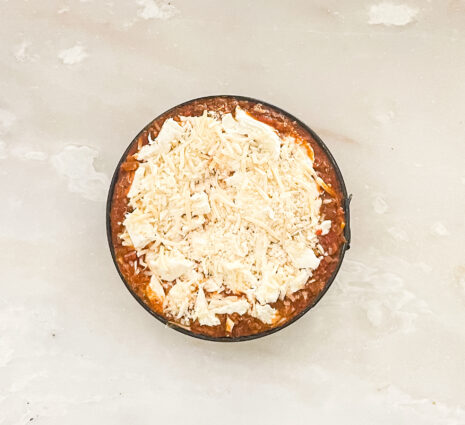
Bake until spaghetti is set and cheese is melty, about 30 minutes.
Let cool 10 minutes before removing from pan, then garnish with parsley before slicing.
It’s that simple!

